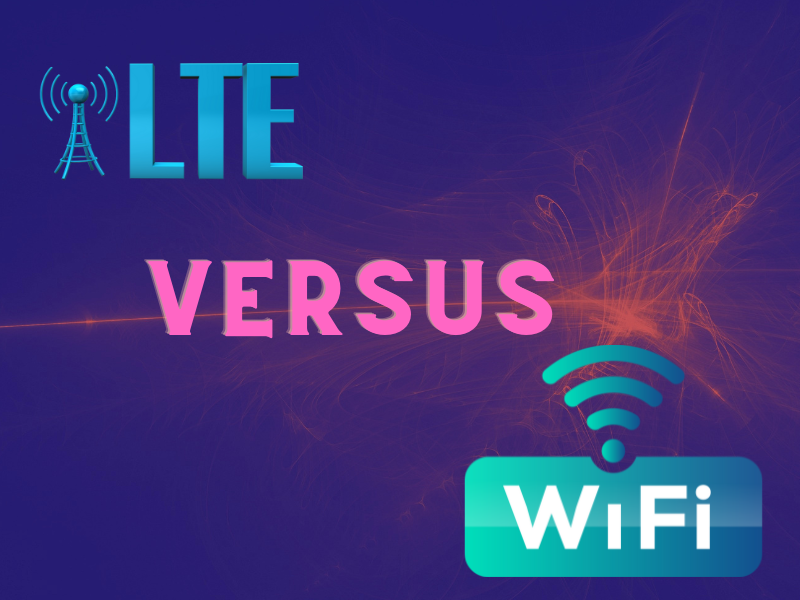LTE Versus WiFi: What’s the big difference?
When it comes to choosing LTE versus WiFi for large scale properties, it’s important to consider the cost-benefit analysis of each option. This analysis should include factors such as cost, speed, and reliability. Let’s take a closer look at these factors and how they compare for LTE versus WiFi.
Today, two primary forms of connectivity are used in senior living properties: Long-Term Evolution (LTE) and WiFi. While both of these technologies offer high-speed internet connectivity, they have some distinct differences. Let’s take a look at LTE versus WiFi
LTE
LTE is a cellular network technology that is used to connect devices to the internet. LTE networks operate on radio frequencies, which are licensed by service providers. The network is typically accessed via a SIM card, which is installed in a device.
WiFi
WiFi, on the other hand, is a wireless networking technology that uses radio waves to connect devices to the internet. WiFi networks are typically set up within a specific area, such as a building, and require a router or access point to broadcast the signal. Users connect to the network via a password-protected access point.
WiFi is particularly useful for senior living properties, which may have multiple residents streaming video or engaging in other high-bandwidth activities. However, WiFi networks are fixed to a specific area and may not be accessible outside of the senior living property.
Cost
The cost of implementing LTE versus WiFi can vary greatly depending on the size of the property and the number of users. In most cases, the upfront cost of implementing WiFi will be higher than LTE. However, over time, the ongoing cost of LTE subscription plans might add up, making WiFi more cost-effective in the long run.
*Cost for Smart Sensors
The cost of LTE versus WiFi for smart sensors depends on factors like the number of sensors, the frequency of data transmission, and the availability and cost of cellular service plans in the area.
In general, WiFi can be a more cost-effective option for smart sensors because it does not require a cellular service plan or subscription. However, the cost of implementing and maintaining a WiFi network, including the cost of routers, access points, and network infrastructure, can be a significant upfront investment.
LTE, on the other hand, may require a cellular service plan, which can add ongoing costs to the operation of the smart sensors. However, in areas with poor or no WiFi coverage, LTE may be the only viable option for connectivity.
Overall, the cost-benefit analysis of LTE versus WiFi for smart sensors will depend on the specific needs of the project, and in many cases, a combination of both WiFi and LTE may be the best option to ensure reliable connectivity for smart sensors.
Speed
When it comes to speed, WiFi is generally faster than LTE. This is because WiFi operates on higher frequencies and has greater bandwidth than LTE. In large scale properties where there are many users accessing the internet at the same time, WiFi can provide faster and more reliable speeds, making it the preferred option.
Reliability
Reliability is an important consideration when it comes to internet connectivity. LTE can be reliable in areas with strong cellular coverage, but it can be affected by network congestion and environmental factors such as buildings and other structures that can block signals. WiFi, on the other hand, can be more reliable because it is not affected by cellular network congestion and can be optimized for the specific layout of the property. However, WiFi can be affected by interference from other devices and can experience connectivity issues in areas with weak signal coverage.
While WiFi may require a higher upfront investment, it can provide faster and more reliable speeds. However, LTE may be a better option for properties where users are frequently on-the-go and need connectivity outside of the property. In many cases, rather than LTE versus WiFi, a combination of both would be the best option to ensure reliable connectivity throughout the property.
By,
The Zemplee Team


